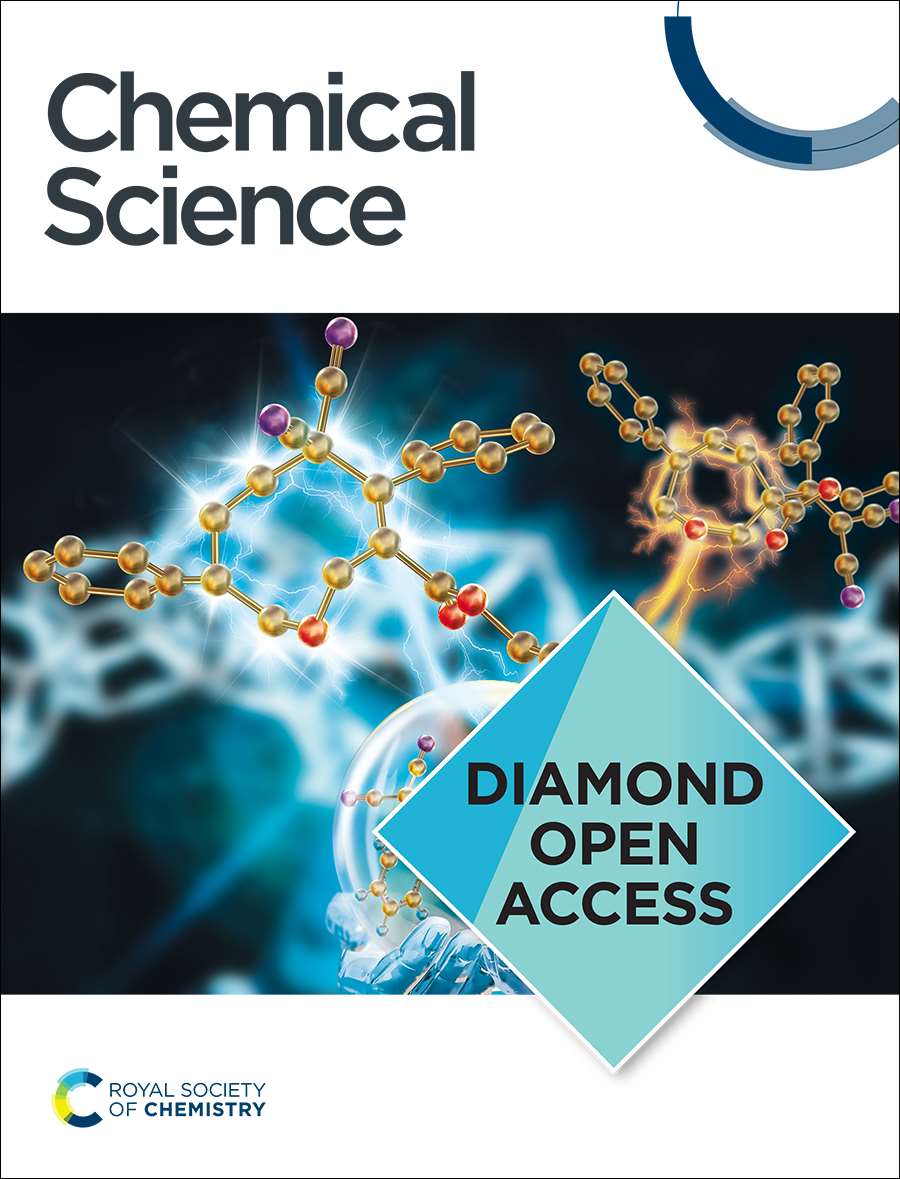Multimeric, Multivalent Fusion Carrier Proteins for Site-Selective Glycoconjugate Vaccines Simultaneously Targeting Staphylococcus aureus and Pseudomonas aeruginosa
IF 7.6
1区 化学
Q1 CHEMISTRY, MULTIDISCIPLINARY
引用次数: 0
Abstract
Staphylococcus aureus and Pseudomonas aeruginosa are major antimicrobial-resistant pathogens that often synergize in polymicrobial infections, such as chronic wound infections. These notorious and increasingly resistant bacteria contribute significantly to reduced antibiotic efficacy. Despite their substantial clinical burden, the urgent need to combat bacterial resistance and extensive research efforts, no vaccines currently exist for either bacterium. Glycoconjugate vaccines, which extend the range of suitable vaccine antigens to bacterial carbohydrates, could play a major role in this emergence. This study introduces a multiepitope vaccine conjugating S. aureus capsular polysaccharide serotype 8 to a chimeric protein fusing Hla and PcrV, two potent cytotoxins from S. aureus and P. aeruginosa, respectively. A conjugation strategy based on selective targeting of a purposefully introduced histidine tag was developed to preserve the structure and antigenicity of epitopes from the two proteins, leveraging their dual role as carrier and antigen. This multivalent, multimeric and multipathogen construct successfully elicited antibodies against all three antigens as well as functional protection. This proof-of-concept highlights the potential for advanced vaccines targeting polymicrobial infections and bacteria with complex pathogenesis calling for multivalent formulations. It also points out the power of site-selective conjugation as tool for vaccine manufacturing.求助全文
约1分钟内获得全文
求助全文
来源期刊

Chemical Science
CHEMISTRY, MULTIDISCIPLINARY-
CiteScore
14.40
自引率
4.80%
发文量
1352
审稿时长
2.1 months
期刊介绍:
Chemical Science is a journal that encompasses various disciplines within the chemical sciences. Its scope includes publishing ground-breaking research with significant implications for its respective field, as well as appealing to a wider audience in related areas. To be considered for publication, articles must showcase innovative and original advances in their field of study and be presented in a manner that is understandable to scientists from diverse backgrounds. However, the journal generally does not publish highly specialized research.
 求助内容:
求助内容: 应助结果提醒方式:
应助结果提醒方式:


